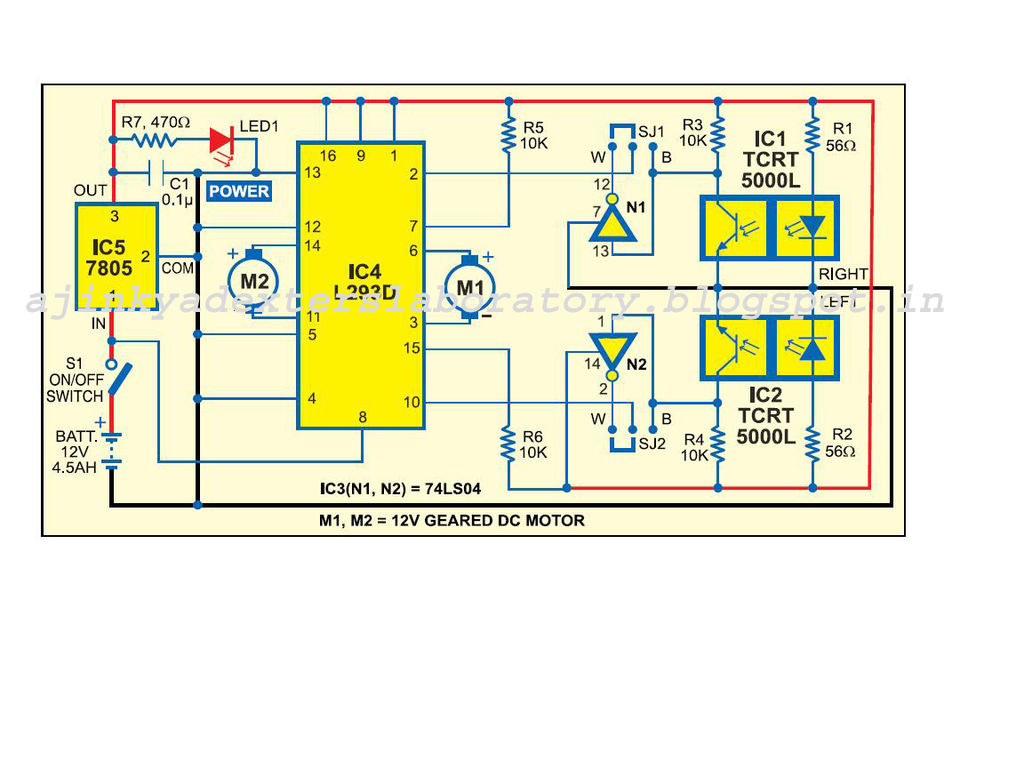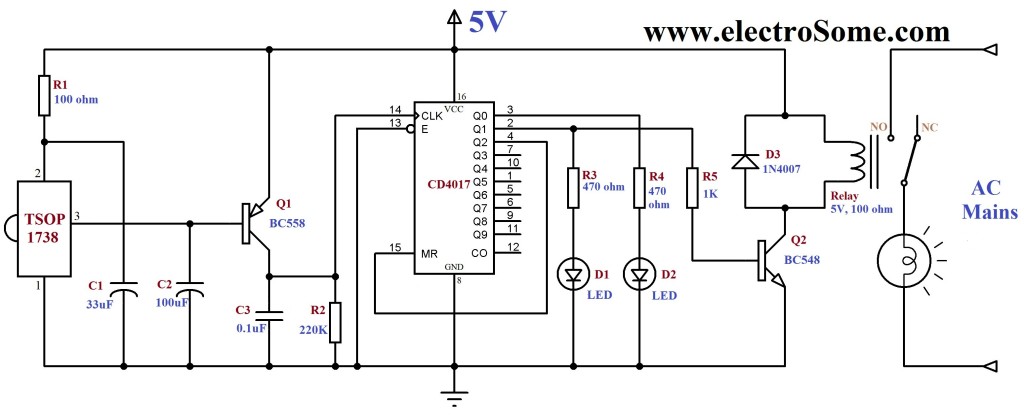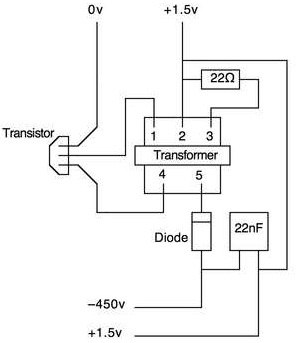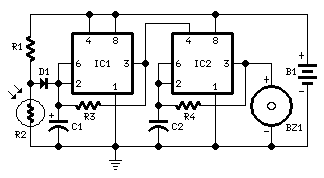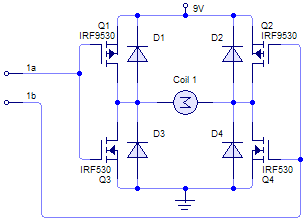
Control your Holiday Lights with a Magic Wand
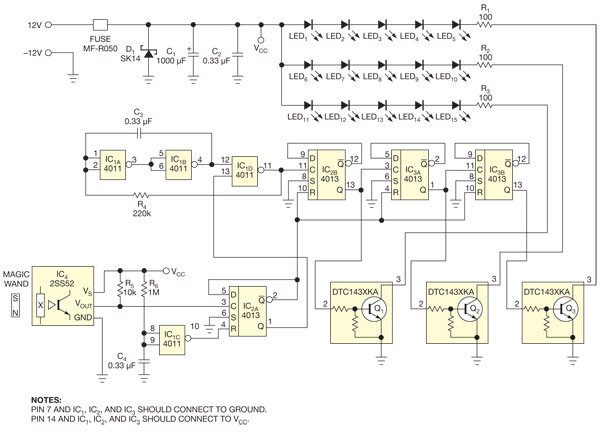
This circuit enables the activation of holiday bulbs with a wave of a magic wand. The strings of lights flash in a sequential manner. The core concept relies on a magnet.
The circuit operates by utilizing a magnet as the primary triggering mechanism. When the magic wand, which is equipped with a magnet, is waved near the circuit, it induces a response in the electronic components. The main components of the circuit include a microcontroller, which processes the input signal from the magnet, and a driver circuit that controls the power to the holiday bulbs.
The microcontroller is programmed to recognize the presence of the magnetic field and activate the output in a predetermined sequence. This sequence can be customized to create various lighting effects, enhancing the festive atmosphere. The driver circuit typically consists of transistors or relays that can handle the current required to power the bulbs without exceeding their ratings.
Additionally, the circuit may incorporate a power supply unit to ensure stable voltage and current levels for reliable operation. Safety features, such as fuses or circuit breakers, can be included to protect against overloads. The overall design emphasizes simplicity and user-friendliness, making it an ideal project for hobbyists and those looking to add a touch of magic to their holiday decorations.This circuit allows you to turn on your holiday bulbs with a wave of the magic wand. The strings flash in sequence. At the heart of the idea is the magnet.. 🔗 External reference
The circuit operates by utilizing a magnet as the primary triggering mechanism. When the magic wand, which is equipped with a magnet, is waved near the circuit, it induces a response in the electronic components. The main components of the circuit include a microcontroller, which processes the input signal from the magnet, and a driver circuit that controls the power to the holiday bulbs.
The microcontroller is programmed to recognize the presence of the magnetic field and activate the output in a predetermined sequence. This sequence can be customized to create various lighting effects, enhancing the festive atmosphere. The driver circuit typically consists of transistors or relays that can handle the current required to power the bulbs without exceeding their ratings.
Additionally, the circuit may incorporate a power supply unit to ensure stable voltage and current levels for reliable operation. Safety features, such as fuses or circuit breakers, can be included to protect against overloads. The overall design emphasizes simplicity and user-friendliness, making it an ideal project for hobbyists and those looking to add a touch of magic to their holiday decorations.This circuit allows you to turn on your holiday bulbs with a wave of the magic wand. The strings flash in sequence. At the heart of the idea is the magnet.. 🔗 External reference
